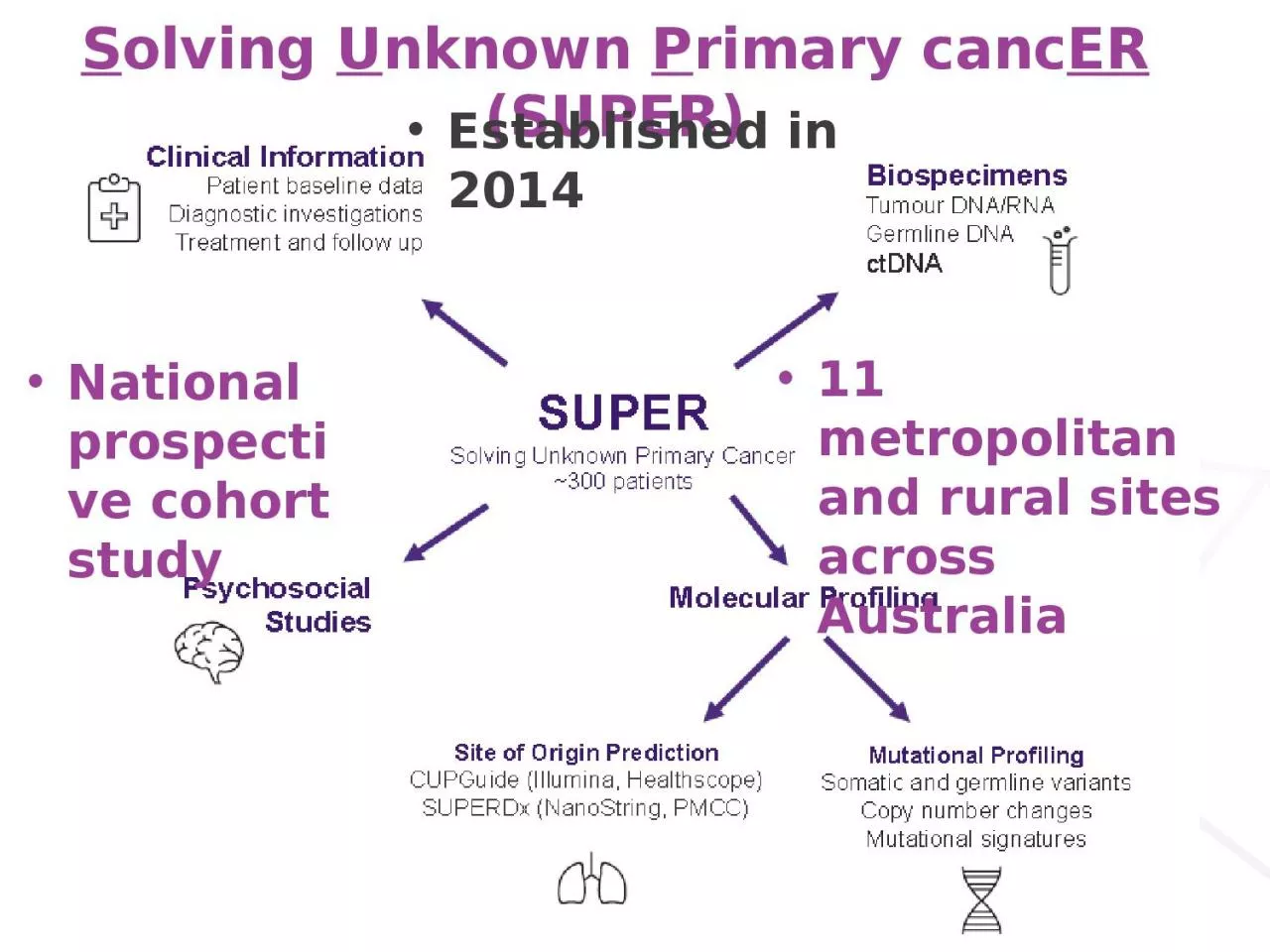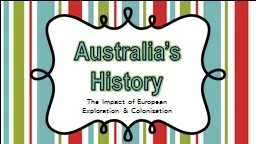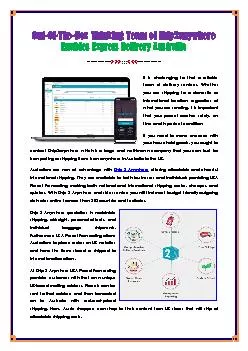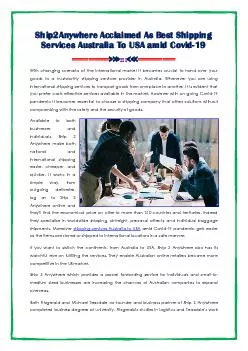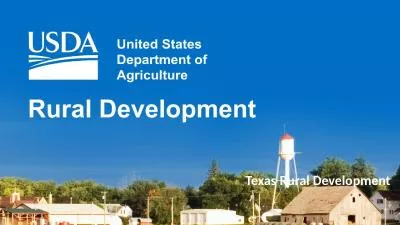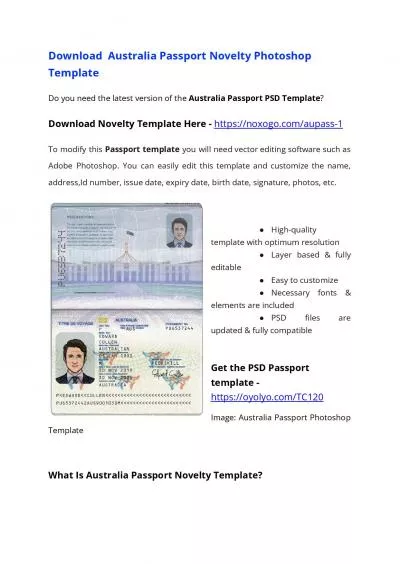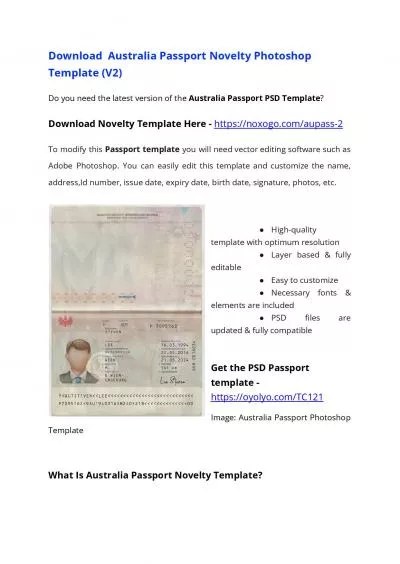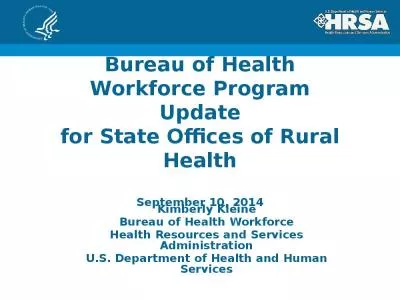PPT-11 metropolitan and rural sites across Australia
Author : jainy | Published Date : 2022-06-20
S olving U nknown P rimary canc ER SUPER National prospective cohort study Established in 2014 Overall Project Aims To establish a cohort of CUP patients with
Presentation Embed Code
Download Presentation
Download Presentation The PPT/PDF document "11 metropolitan and rural sites across A..." is the property of its rightful owner. Permission is granted to download and print the materials on this website for personal, non-commercial use only, and to display it on your personal computer provided you do not modify the materials and that you retain all copyright notices contained in the materials. By downloading content from our website, you accept the terms of this agreement.
11 metropolitan and rural sites across Australia: Transcript
Download Rules Of Document
"11 metropolitan and rural sites across Australia"The content belongs to its owner. You may download and print it for personal use, without modification, and keep all copyright notices. By downloading, you agree to these terms.
Related Documents

